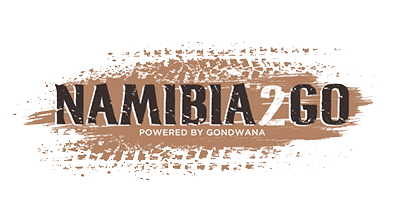Words Manni Goldbeck & Ron Swilling, Photos Lambert Heil & Ron Swilling
Travelling around Namibia, we always appreciate the opportunity of getting to know Namibia’s beautiful people. We have over the years met members of all the ethnic groups that make up our marvellous Namibian tapestry. This time we headed to the Zambezi Region in the far north-eastern corner of the country.
North of Ngoma we turned eastwards searching for the lost capital of the Zambezi. Once called Schuckmannsburg, established in 1909, it had been a remote administration station that was difficult to reach and was managed from nearby Bechuanaland. In 1935 it was decided to move the station to the more accessible Katima Mulilo. The buildings were dismantled and the 10 000 clay bricks transported northwards by ox-wagon. After asking directions we eventually found the spot, now called Lohonono after the SiLozi name for the many silver cluster leaf trees that grow there. A large school hostel is under construction and a tall cellphone tower presides over the village. All that remains from early days is a small ammunition shed with a memorial for the Herero soldiers posted there and a rusty old rim from a wagon wheel. Our inspiration came from a different source: 105-year-old Njahi Mubususi who told us that her secret to longevity was a full life working in the fields.

From Lohonono, we continued to Zambezi Mubala Lodge on the banks of the Zambezi. The fish eagles called and the water lapped peacefully against the riverbank. We had an arrangement to meet the Sikunga Fish Guards further downstream and took a boat from the lodge to their base. They were waiting for us and related the story of how their group was established to protect the narrow side channels of the Zambezi where many fish species feed and breed. When the Sikunga Channel Fish Protection Area was declared a fish reserve in 2015, the Sikunga Conservancy appointed fish guards to patrol the channel.
The fishing usually takes place during the night with illegal nets that catch fish of all sizes, preventing the regeneration of fish stock. Initially comprised of a group of six volunteers, the group now comprises twelve fish guards who are permanently employed and patrol the river on a rotational basis. The project is supported by local companies with FNB as the major sponsor and Gondwana’s Care Trust as the driving force. The fish guards told us how they sometimes confiscate up to forty nets a day, which equates to one kilometre of netting. The strong and capable team posed next to the nets for a photograph. The project has been a huge success story conserving this precious ecosystem with fish populations recovering substantially over this period.


The sun was starting to dip in the sky and the fish guards took us to visit a riverbank village where the residents were enjoying the bounty of the river and were drying and cooking their Zambezi staple. A small shop supplied household items.



We waved our goodbyes and headed back to the boat as the sun set in fiery colours, creating silhouettes of several mekoro and their occupants juxtaposed against the deep colours and washed in gold.

Join us next week for the last of this photographic essay as we visit the local primary school and the Sikwekwe Cultural Village, showcasing traditional Zambezi culture and providing Lambert with ample photographic opportunities.


.png)
.jpg)
.jpg)




.png)

SUBMIT YOUR COMMENT